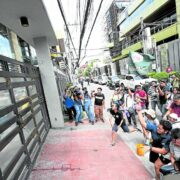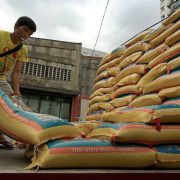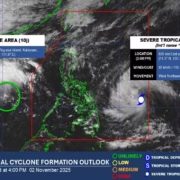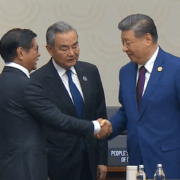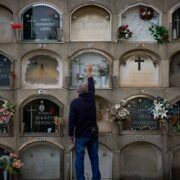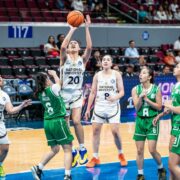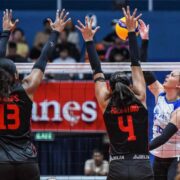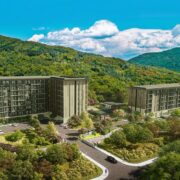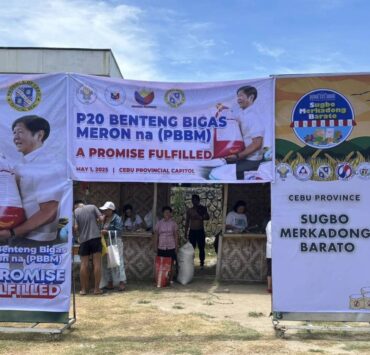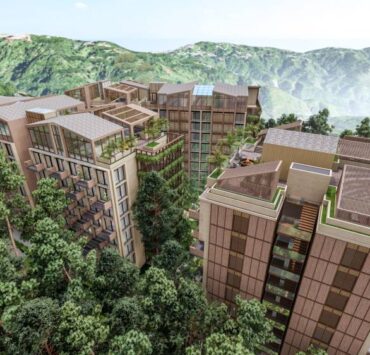The allure of living on vacation

The growing popularity of leisure-focused developments in Philippine real estate shows a change in how people view lifestyle, investment, and community growth.
These projects are more than just fancy resorts that have been turned into places to live. They are now designed as complete communities where people can live long term, earn a steady income, and find happiness.
A response to lifestyle upgrades
Filipinos across all income brackets seek lifestyle upgrades that prioritize experience over material accumulation. This shift has translated into growing interest in developments integrating nature, wellness, and recreation into daily routines.
Leisure-centric projects typically feature open green spaces, resort-style pools, yoga gardens, wellness clinics, and curated retail hubs that blend with residential enclaves. These features provide amenities and a distinct rhythm to everyday life.
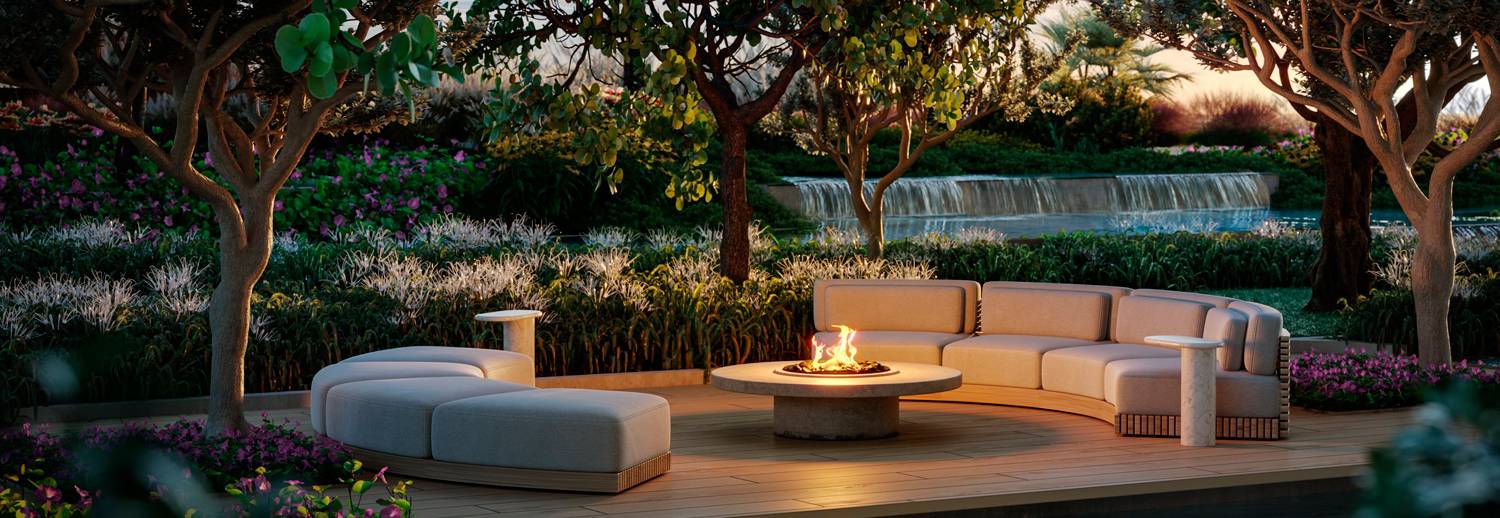
Young professionals see leisure-centric communities as a way to invest in a lifestyle property with growth potential. Families view them as an environment conducive to child-rearing and community building.
Seniors appreciate the slower pace and focus on wellness. Leisure-centric communities offer a highly adaptive model that appeals to various demographics without compromising value.
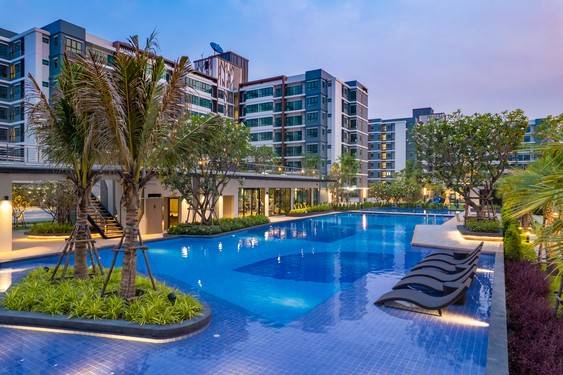
Working models in secondary cities, tourism hubs
Cebu, Davao, Tagaytay, Siargao, and parts of Palawan have seen a surge in leisure-led developments that combine hospitality, residential, and commercial components. These areas benefit from tourism-driven economies and stunning natural surroundings.
Remote work adoption and the global appetite for experience-based living have pushed many Filipinos and foreign nationals to consider properties that serve dual purposes. Whether as a weekend escape, a passive income generator, or a retirement plan, leisure-oriented assets meet those needs in one investment.
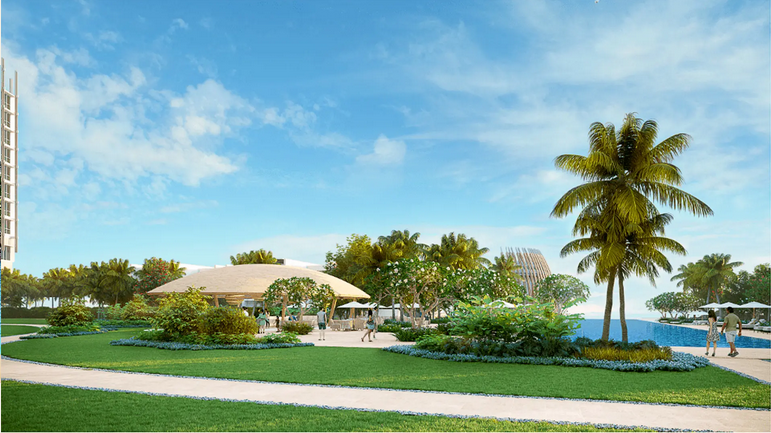
Recommendations from the Ground
Consultancy reports from firms like Santos Knight Frank and Colliers Philippines recommend focusing on leisure-centric developments. More Filipinos now opt for staycations and extended getaways.
Additionally, foreign retirees from South Korea, Japan, and select European countries seek safe and culturally rich places to retire.
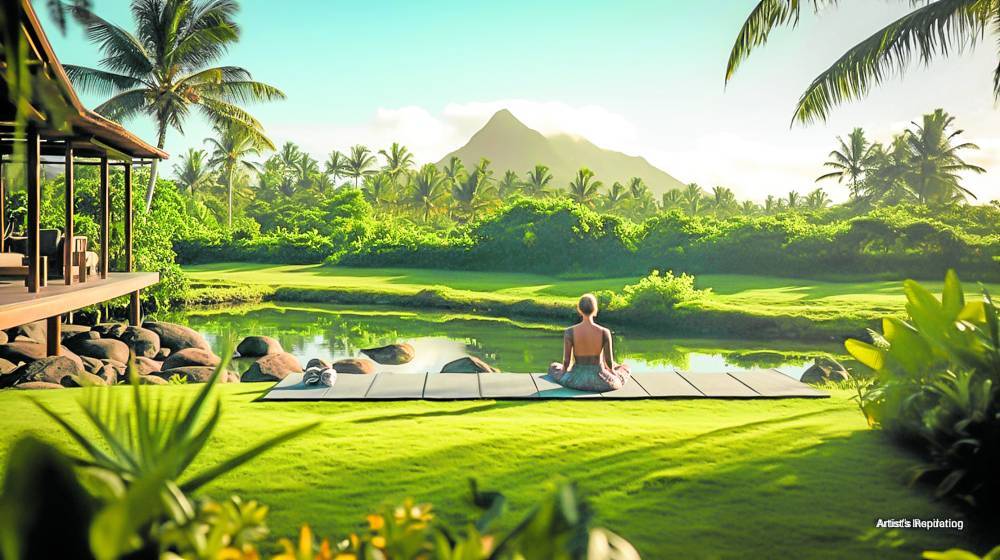
Younger homebuyers, often digital natives, prioritize communities that reflect their values, such as mobility, health, community, and aesthetics. Developers that offer themed experiences, integrated wellness features, and flexible rental programs see higher absorption rates.
After all, leisure properties near ecological zones or cultural hotspots preserve their market value better than traditional residential inventory.
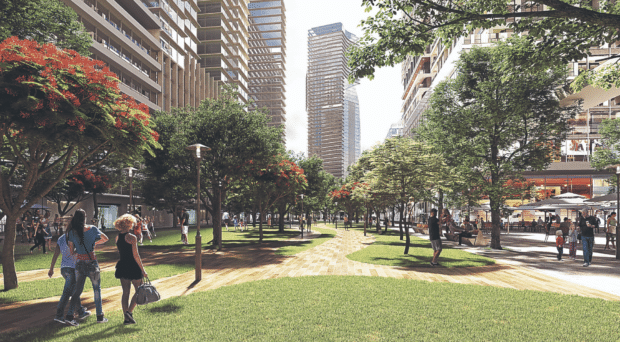
Where investment meets identity
Increasingly, property choices reflect lifestyle narratives.
Owning a beachfront studio, a bamboo-themed eco-villa, or a ridge-top home overlooking a scenic valley communicates more than financial achievement. It speaks of alignment with wellness, travel, sustainability, and personal values.
Leisure-centric developments have become vehicles for this deeper self-expression. They frame the way residents interact with their surroundings and communities.
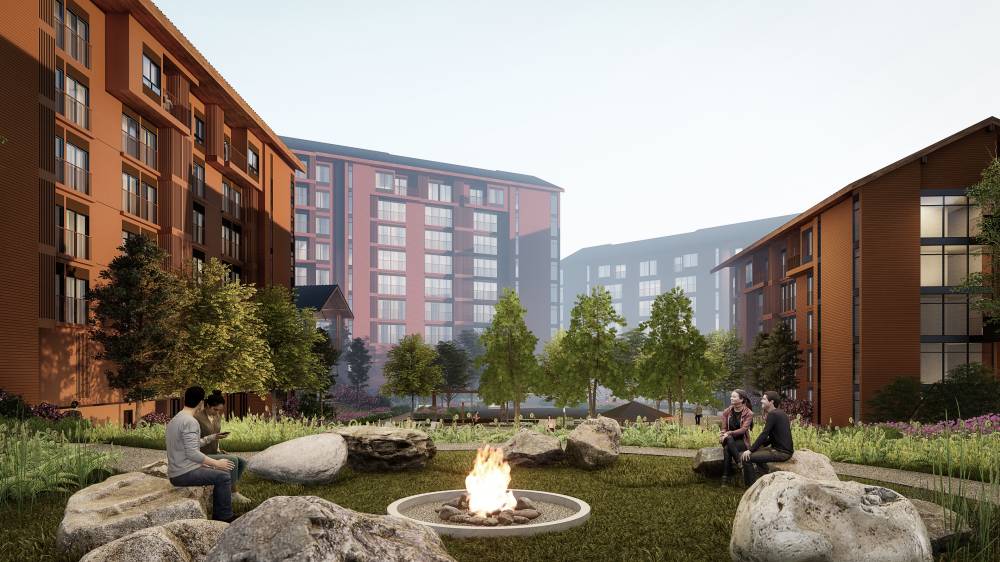
Architectural aesthetics, amenity design, and community programming are powerful forces that drive transformation. Developers who thoughtfully curate these elements discover that their projects attract buyers and cultivate passionate brand advocates.
With its breathtaking islands, majestic mountains, and rich heritage, the Philippines is the stage for exceptional developments.
The author (www.ianfulgar.com), is a leading architect with an impressive portfolio of local and international clients. His team elevates hotels and resorts, condominiums, residences, and commercial and mixed-use township development projects. His innovative, cutting-edge design and business solutions have garnered industry recognition, making him the go-to expert for clients seeking to transform their real estate ventures





